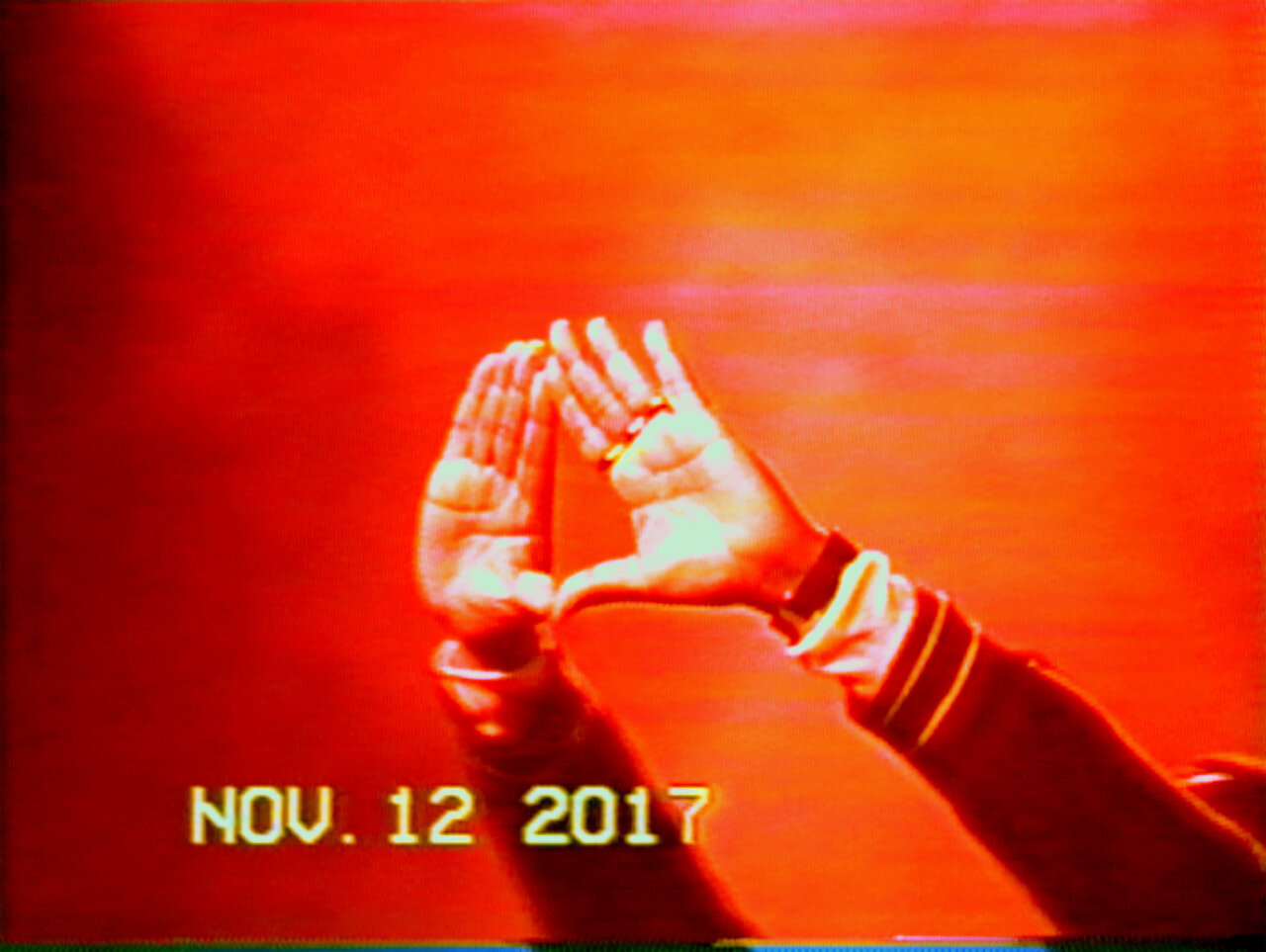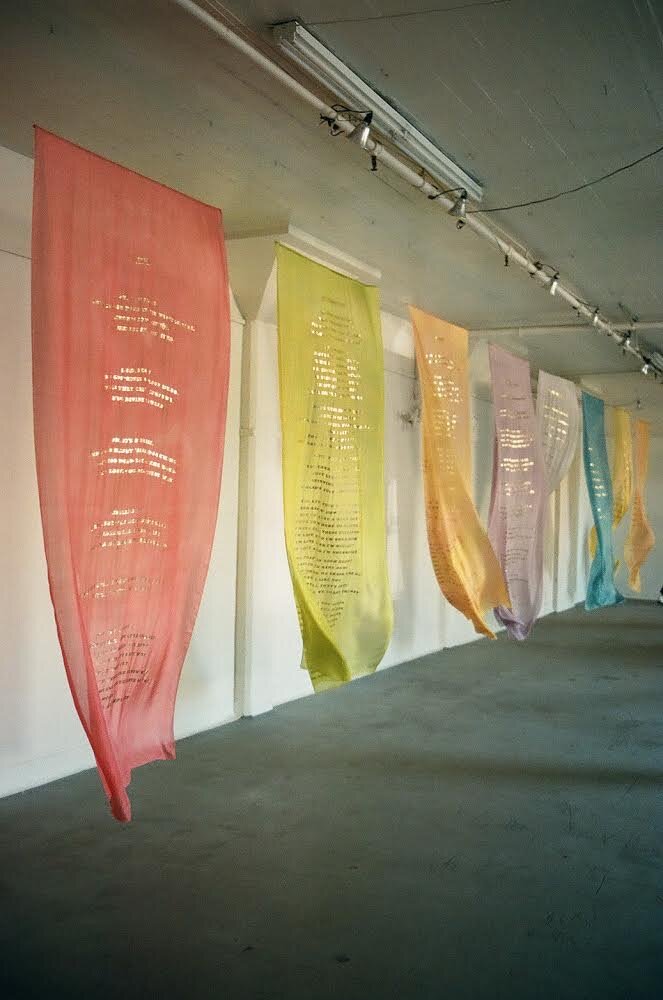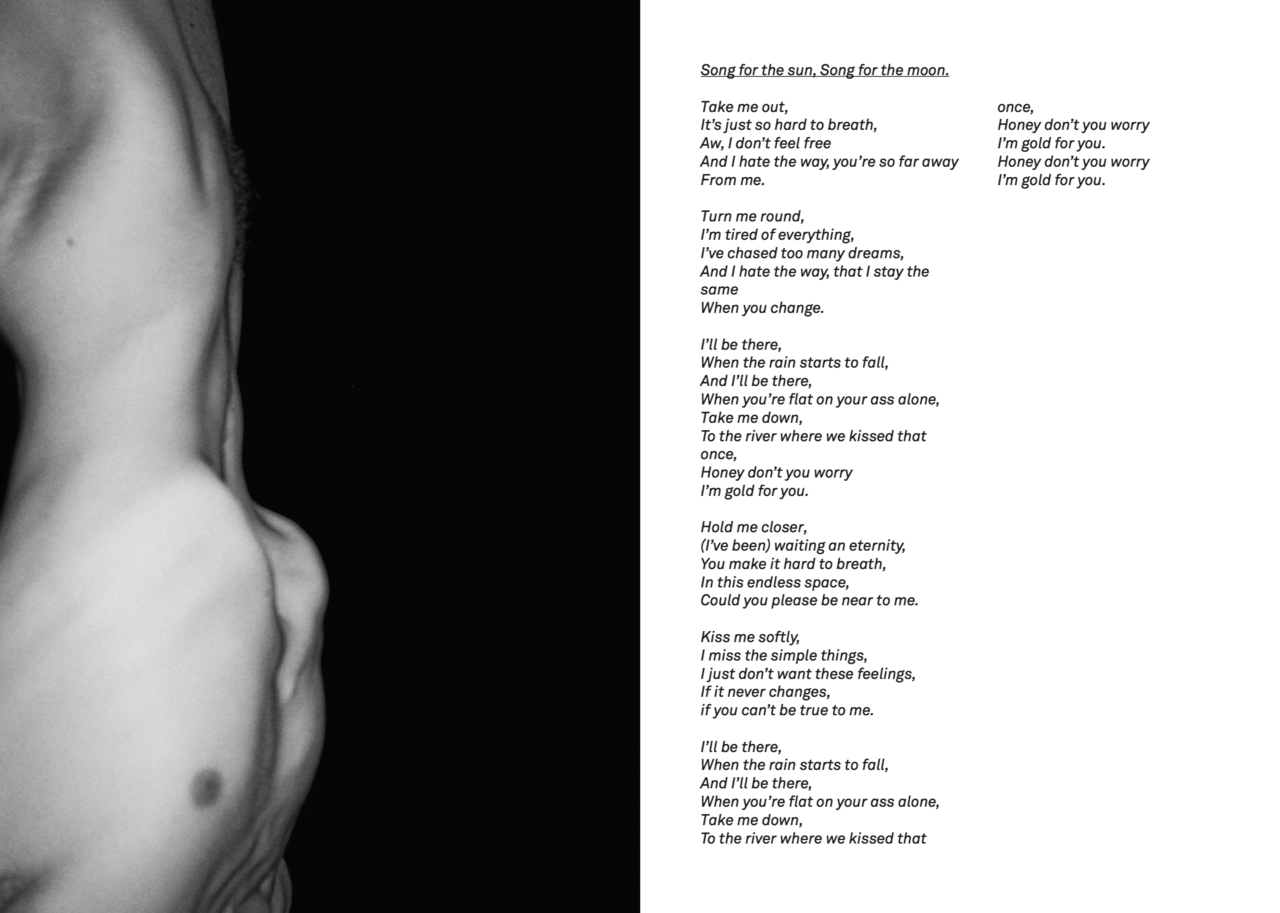Julian Klincewicz
“Happiness is situations you allow yourself to be in.” - Julian Klincewicz
A multi-medium creative most commonly recognized for collaborative work with Louis Vuitton, Beyonce, Kanye West, GOSHA… [the list goes on] Julian is the most interesting person I have ever met.
Julian Klincewicz from “More News From Nowhere”
35mm by Ben Sauer
In between sips of homemade whiskey sours, Julian and I shared laughs and swapped old stories into the night. He is a Polish-Hungarian San Diego transplant from Chicago currently residing in Costa Mesa. Through witnessing differences between his parents, he understood there are multiple sides to every story—a perspective.
“I don’t want to be apathetic; I don’t want to live in the past; I want to learn and move on.”
After his parents split in Chicago, Julian’s mom acquired a teaching position at a Waldorf school in San Diego when he was seven years old. This style of teaching focused on engaging the head, hands and heart. From an early age, he was exposed to a learning system filled with creative outlets that fostered the capability of original thought with a sense of compassion.
As a young boy new to California, he was interested in gymnastics—but it was too expensive to attend a gym regularly. One of his sister’s older friends was part of this free, after-school program focused on circus arts.
“I think when I learned how to unicycle—that was one of the first things I really loved.”
Julian talked about what he referred to as “circus” with a sense of childlike nostalgia. Circus was a mainstay for seven years of his life that went hand in hand with his unorthodox education.
“I think a lot of just how creative that school is… you do handwork, you do woodwork, iron smithing, you draw, you have play time—all of these things. I think there was a lot of parallels to that kind of creativity and circus. Skating as well. It is a very creative sport.”
Toward the tail end of his involvement with circus, he described these little 30 minute breaks where he would skateboard in the parking lot in between programs. Skateboarding bridged the gap between art, expression and connection. His interests rapidly started to shift—skateboarding became his end-all and be-all.
Julian Klincewicz - poolside front rock.
While drawing a lot in school, Julian naturally started doing art on the griptape of his skateboard. His first art show, in fact, was at a coffee shop featuring his griptape. Transitioning into high school, his newfound artistic expressions expanded into music. He started playing guitar and keyboard freshman year, but skateboarding was still his main focus.
Until the first week of summer when Julian was 17. At a mini-ramp jam, he got tangled up in a trick that resulted in an injury that forced him to explore his other avenues of creativity more in-depth.
“I tried to do this frontside disaster on a 6 foot extension—but all ‘Grant Taylor’d’ out on the deck. I got so caught up that both my feet got stuck and I couldn’t bring it back in. I fell straight to flat and bruised all the bones in my knee. The healing time was equivalent of a fracture. The first 6 weeks of summer I couldn’t skate and that was all I wanted to do.”
He immersed himself more heavily into music and writing original songs—which led him to start a band called “Christy” named after his mom. Through connections he made from skateboarding, he was able to start booking and playing live shows. Simultaneously, Julian started making videos.
Julian Klincewicz and his band.
His band was doing a West coast tour and he saw it as an opportunity to document. He had an old VHS camera his aunt found in his grandmother’s attic; he pressed record and pointed the camcorder in the direction of everything he found interesting. His friend and mentor Edwin Negado, owner of Gym Standard, offered to help him create merch for the tour as well. The worlds of fashion, music and art were beginning to collide.
“This veil was lifted. The thing I was previously chasing was a very minimal slice of an entire pie. I started to see all this overlap. I realized what I wanted to be was an artist.”
After high school, Julian decided to take a gap year. He could not afford to attend any of the art schools he was interested in; he used his savings and dedicated it to pursuing art independently. He started working for Kelsey Brookes as his artist assistant, which exposed him to fine art. He soaked up these mediums of artistic expression and started developing a style of his own.
“In late middle school, my best friends were really into Lomography. I started taking a lot of photos. I still probably have close to 100 rolls of undeveloped film from the summer before freshman year.”
The Lomography movement was started in 1991 by two students in Vienna, Austria who found a small Russian camera called the LomoKompakt Automat [LC-A]. The camera had a natural vignette, light-leaks and oversaturated colors that attracted a cult following contrary to typical photography. Julian was inspired by this concept and romanticized it through his art.
Julian Klincewicz’s iconic visual aesthetic.
Edwin helped Julian coordinate his first endorsed art show. This notion blew his mind. The fact that brands would pay for his art supplies and promote his work was a dream come true. He started curating a second show, this time represented by Vans. During this process, Julian noticed one of his favorite creatives, Gosha Rubchinskiy, was also working on a collaboration with Vans and took it as an opportunity to reach out.
Gosha was intrigued by Julian and invited him to Paris to film his runway show. They hit it off. Gosha ended up having Julian film his Gosha Rubchinskiy x Vans campaign in Russia. They also made a popular pocket book from the trip entitled Journal. Julian has maintained a relationship with Vans to this day and is now doing artist collaborations with them himself.
Julian Klincewicz x Gosha Rubchinskiy — “Journal”
Both Julian’s unique grainy and color-saturated visual aesthetic and his interesting physical features started to turn heads. When he and Edwin went on a personal trip to Japan, Edwin kept teasing Julian that he was going to get street scouted to model—quite ironically, that is exactly what happened. Their week long trip turned into two. Julian kept getting booked for more shoots and two weeks turned into two months.
“The modeling joke turned into a reality; all of these amazing things kept happening; it was surreal. Edwin’s ongoing joke evolved into, ‘What’s next—Kanye?’”
Dumbfounded, Julian came home from Japan to an email from Kanye’s team. He and Kanye ended up bouncing ideas off each other at the offices for hours. Shortly thereafter, Kanye requested Julian to document the Yeezy Season 3 presentation at Madison Square Garden. Talk about a hell of a gap year.
Julian’s connections to Kanye opened up the doors to doing commissioned work with Virgil Abloh and Louis Vuitton—not to mention filming and editing Beyonce’s Homecoming documentary. His list of work and potential is endless. How did someone so young grasp the attention of the most iconic people and brands in the world? You may say good timing, chance or networking. Maybe so. But truthfully, it is his understanding of humanity.
His art is intimate. It has a sense of foreign familiarity—always interesting and relatable. Julian lets you in and is both genuine and vulnerable. He stated that self expression knows no competition. It is the notion of compassionately inspiring and creating to answer questions from within.
I set down my whiskey and closed by asking him what was his most cherished project. Without hesitation, he responded, “Hey, I Like You.” It was a three-section artistic endeavor and performance revolving around intimacy: a series of silk flags with phrases in gold foil, an 11 song album to create what he beautifully referred to as a “sonic hug”, and finally a runway show in San Diego showcasing a clothing collection he designed modeled by a diverse group of individuals adorned with space-like makeup. All three components evoked infectiously relatable emotions of what it means to be human.
“Hey, I Like You” silk flags.
“Hey, I Like You” album cover and lyrics.
“Hey, I Like You” runway show.









